Verizon asks the FCC for permission to test mid-band spectrum for 5G use

As we've pointed out a number of times, T-Mobile's merger with Sprint was all about the mid-band spectrum. Sprint had plenty of 2.5GHz airwaves while there is essentially a shortage of the spectrum for use in the states. T-Mobile plans to combine its 600MHz low-band signals with its high-band mmWave signals and Sprint's mid-band signals to create a 5G network that offers the best features of each "layer of the cake." T-Mobile believes that this will pay off by providing its customers with the fastest 5G network.
While relying on its mmWave spectrum, Verizon still needs to test mid-band airwaves for future use
T-Mobile used its 600MHz spectrum to create the first nationwide 5G network in the states and the low-band signals do travel farther and penetrate buildings better than mid and high-band spectrum, but those features come at the expense of data speed; currently, T-Mobile's nationwide 5G service is just a wee bit faster than 4G LTE-at times. Verizon has been building out its 5G network differently. It is focused on using its high-band mmWave spectrum which doesn't travel that far (which explains why Verizon is slowly and methodically expanding its 5G coverage), doesn't penetrate structures that well, but does provide plenty of capacity and faster 5G download data speeds.
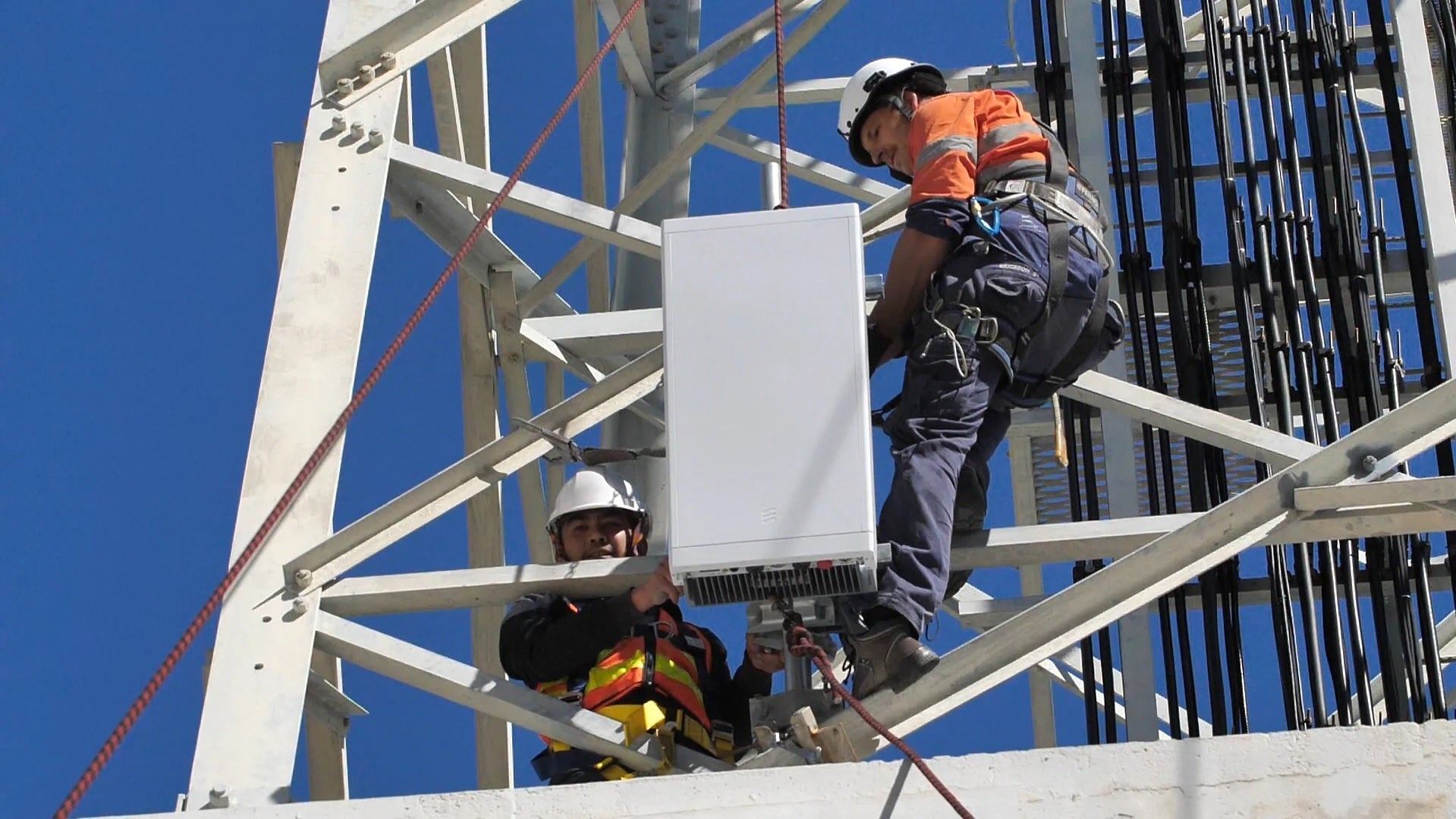
Verizon is testing mid-band spectrum from the C-band in various parts of the country
It will be interesting to see what 5G looks like in the states in three to five years. Will T-Mobile's layered 5G strategy payoff or will Verizon's slow but steady approach gives it an edge. We recommend that our readers familiarize themselves with this situation by reading some highly advanced technical material related to this subject like "The Tortoise and the Hare" by noted 5G expert Aesop.
Meanwhile, Verizon knows that man does not build a 5G network using mmWave alone, so it has filed with the FCC for experimental authorization (via FierceWireless) to test out part of the mid-range "C" band. The paperwork filed with the FCC seeks permission to use 100MHz of the 3.7GHz-3.8GHz band in Sunnyvale, California; Basking Ridge, New Jersey; Westlake, Texas; and Grand Rapids and Lansing, Michigan. Later this year the FCC will auction off licenses to use the 3.7GHz to 3.98 GHz frequencies that are part of the C-band.
You might recall that last November, executives of U.S. Cellular, Verizon, AT&T, Bluegrass Cellular, Pine Belt Wireless, and the C-Band Alliance sent a letter electronically to the FCC requesting that it auction off terrestrial rights to mid-band spectrum. On December 8th, the FCC will start the process of auctioning off 280MHz of C-band spectrum in the range of 3.7GHz-3.98GHz.
As for Verizon's experimental test, the application notes that the testing will run for one-year and will take place both indoors and out. Verizon will use directional, beamforming antennas and the documentation notes that "The equipment will be mounted in the same orientation as existing antennas used by Verizon Wireless at certain sites in Michigan. The California site will be a temporary communications cell site referred to as a COW (Cell site On Wheels) and will remain at this location and only this location for the duration of the testing."
Verizon is also testing Citizens Broadband Radio Service (CBRS). This makes up a 150MHz section of the mid-range 3.5GHz band and 70MHz of it is being auctioned by the FCC on July 23rd. Verizon's mmWave strategy will work for the carrier in urban areas where the population is tightly packed together. But it will need to rely on low and mid-band spectrum to cover certain areas with 5G. CBRS uses Band 48 and there is the possibility that we could see CBRS eventually replace mobile hotspots in the future. 80MHz of CBRS airwaves is unlicensed and this part of the band requires carriers to share its use with U.S. Navy.
Follow us on Google News



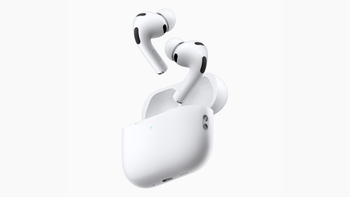
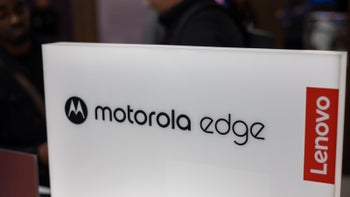

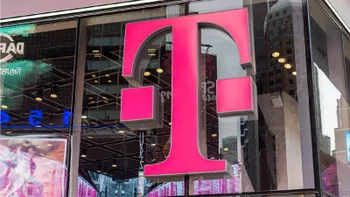
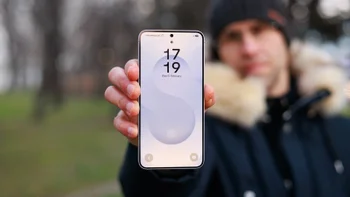
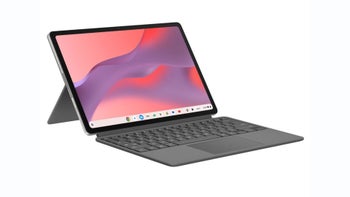

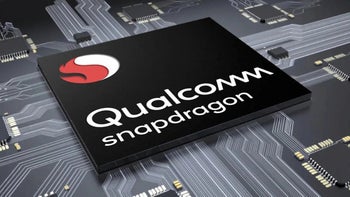

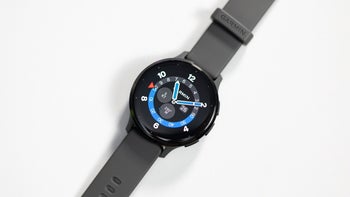
Things that are NOT allowed:
To help keep our community safe and free from spam, we apply temporary limits to newly created accounts: